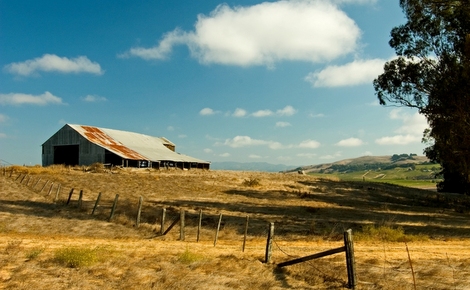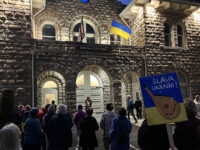After nearly 10 years of habitat enhancement and creek restoration, Sonoma Land Trust has donated Tolay Creek Ranch to Sonoma County Regional Parks, a move that doubles the size of Tolay Lake park.
Tolay Lake was historically the largest freshwater lake in Sonoma County. Over the past 100 years, the lakebed was altered and the area was used for ranching and farming. In 2007, when the 1,665-acre property between Lakeville Highway and Highway 121 was threatened by a 40-home development, Sonoma Land Trust stepped in and acquired it.
As part of the project, the Sonoma County Agricultural Preservation and Open Space District purchased a conservation easement over the property that prohibits all development and allows grazing, public access, habitat and riparian restoration, and park expansion.
“Our vision has always been to restore the watershed and turn it over to Regional Parks to manage for resource protection and public enjoyment,” said Dave Koehler, Sonoma Land Trust executive director “We are pleased to have accomplished that.”
The ranch’s grasslands provide habitat for a variety of bird species, as well as deer, small mammals and mid-sized carnivores, like coyotes and bobcats. Containing three miles of Tolay Creek, it also provides important habitat for amphibians and waterfowl. The area is home to protected species, such as burrowing owls and golden eagles, which visitors may be fortunate enough to see.
Regional Parks is completing an extensive master-planning process for both the Tolay Lake and Tolay Creek properties. Their combined 3,400 acres make Tolay Lake Regional Park the largest in the county parks system. The Sonoma County Board of Supervisors is expected to approve the master plan this spring, with a goal of opening the expanded park for daily use later this year.
The park currently offers more than eight miles of trails, with the master plan suggesting an eventual 32-mile trail system along with backcountry camping, a visitor’s center, picnic areas and environmental restorations.






Be First to Comment